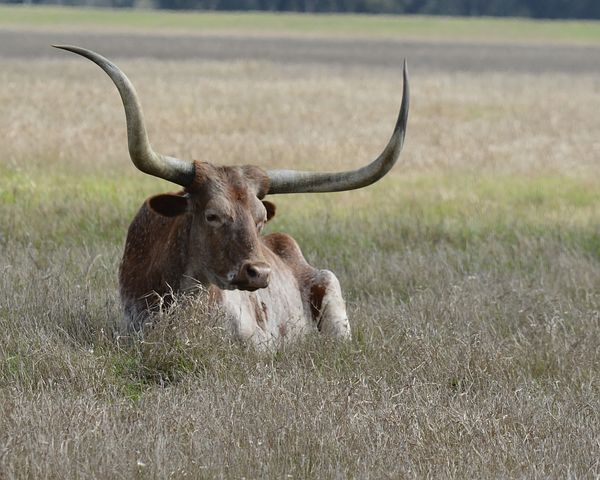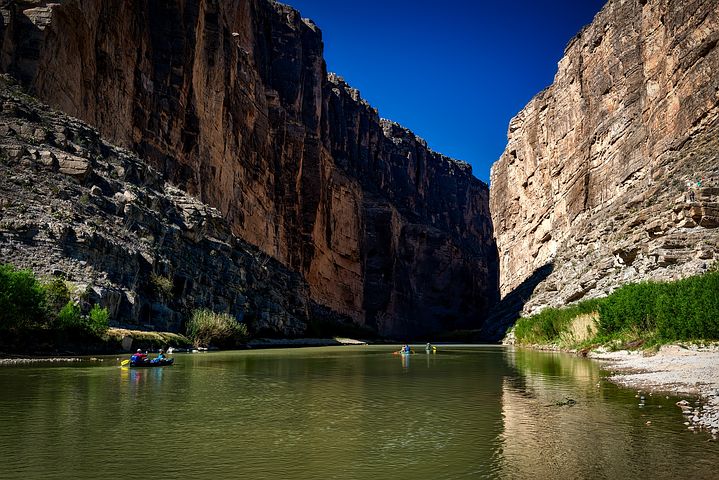Texas
Texas: A Comprehensive Overview
Texas is a state in the South Central region of the United States. It shares borders with the states of Louisiana to the east, Arkansas to the northeast, Oklahoma to the north, and New Mexico to the west. It also shares an international border with the Mexican states of Chihuahua, Coahuila, Nuevo Leon, and Tamaulipas to the south and southwest. Houston is Texas’s most populous city and the fourth largest in the U.S. Other major cities include San Antonio, Dallas, Austin, and El Paso.
Etymology
The name Texas originates from the Caddo word “tayshaʼ” which means ‘friends’. This name was adopted by the Spanish and later anglicized to Texas. The Spanish pronunciation emphasizes the first syllable, while the English pronunciation emphasizes the second.
History
Early History
Before European contact, various Native American tribes, including the Caddo, Atakapan, and Coahuiltecan, inhabited Texas. The first European explorers arrived in the 16th century, with the Spanish establishing the first European settlements.
Spanish and Mexican Rule
Spain was the first European country to claim Texas, initially incorporating it as part of the province of New Spain. Following a brief French interlude in the late 17th century, Mexico took control of the territory in the early 19th century. Mexico’s rule lasted until Texas declared independence in 1836.
Republic of Texas
The Republic of Texas was an independent nation from 1836 to 1845. Its independence was largely due to the efforts of people like Sam Houston, who became the republic’s first president. During this period, Texas faced many challenges, including conflicts with Mexico and Native American tribes, economic difficulties, and issues related to slavery.

Statehood and Civil War
Texas joined the United States as the 28th state in 1845. The state’s annexation triggered the Mexican-American War in 1846. During the American Civil War, Texas seceded from the Union and joined the Confederate States of America. The post-war period was marked by economic stagnation and racial tension.
20th Century
Throughout the 20th century, Texas underwent significant economic and demographic changes. The discovery of major oil reserves led to an economic boom and the development of a diversified economy. The state’s population also grew rapidly, with many new settlers from both within and outside the United States.

Geography of Texas
Texas’s large size and central location in the United States result in diverse landscapes and climates. From the coastal swamps and piney woods of East Texas to the desert and mountains of West Texas, the state offers a variety of natural beauty. Texas also has many major rivers, including the Rio Grande, the Red River, and the Sabine River.

Geology
Geologically, Texas sits on a stable craton of Mesoproterozoic age, overlaid by various sedimentary rocks from the Cambrian to the present. The state also has rich oil reserves, mostly located in its western and eastern portions.
Wildlife
Texas is home to a wide array of wildlife, including mammals, reptiles, amphibians, and a diverse range of bird species. The state also has several unique plant species, with bluebonnets being the most iconic.
Climate
The state’s climate varies from humid in the east to semi-arid in the west. Texas also experiences various extreme weather events, including hurricanes, tornadoes, and occasional snowfall.

Demographics
As of 2020, the state has a population of over 29 million people. The state is ethnically diverse, with non-Hispanic whites making up less than half of the population. Hispanics or Latinos are the largest minority group, followed by African Americans and Asian Americans.
Languages
English is the primary language spoken, with Spanish being the second most common. Other languages spoken in the state include Vietnamese, Chinese, German, and Tagalog.
Religion
Christianity is the predominant religion in this large state, with the largest Christian denominations being the Catholic Church and the Southern Baptist Convention. The state also has communities of Jews, Muslims, Hindus, Buddhists, and adherents of other religions.
Economy
It has one of the largest economies in the United States, with major industries including oil, agriculture, technology, and healthcare. The state is also a major hub for trade and tourism.
Education
The state has a comprehensive higher education system, with numerous public and private universities and community colleges. The state also has a diverse system of primary and secondary schools.

Culture
The State has a rich cultural heritage, with influences from Native American, Mexican, and Southern U.S. cultures. It is known for its music, cuisine, sports, and festivals. Texas’s unique blend of cultures and traditions makes it a fascinating place to explore.
It’s diverse landscapes, rich history, and vibrant culture, offers something for everyone. Whether you’re a history buff, nature lover, foodie, or sports fan, you’re sure to find something to love about the Lone Star State.
